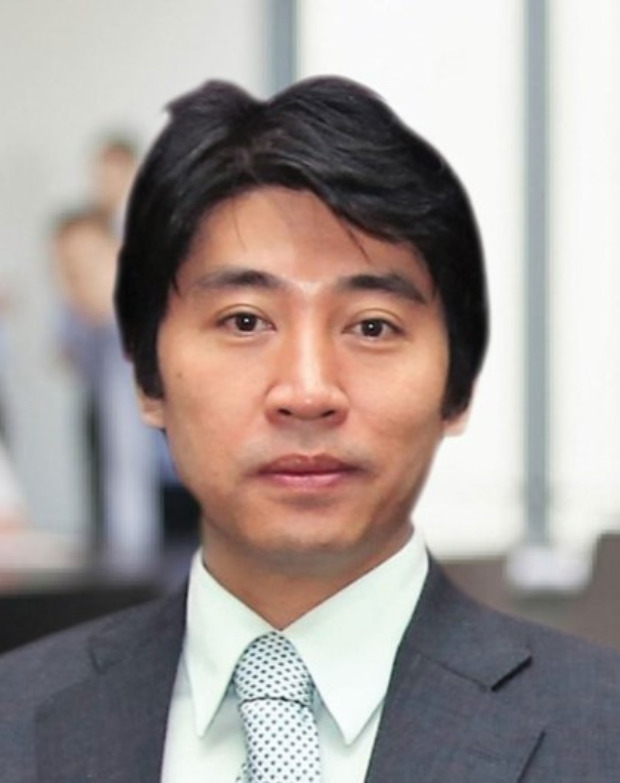
Unless there are breakthrough deals in 2017 and 2018, the market is unlikely to witness M&A value surpass the USD5bn peaks achieved in 2015 and 2016.
Associate Prof. Dr. Vu Anh Dzung, Vice Rector of Vietnam Japan University (VJU), Vietnam National University, Hanoi (VNUHN) cum Head of the Jury for Outstanding deals, told the Securities Investment News that M&A in Vietnam was booming, driven by human factor which played a decisive role in successful M&A deals and contributed to post-merger synergy creation.
Before the M&A market report is released at the M&A Forum 2017, could you please share some of the report highlights?
The M&A Forum (MAF)’s research team publishes the M&A report in Vietnam on an annual basis. The special feature of this year’s report is its in-depth study of prevailing M&A trends.
The research team consists of researchers from VJU, VNUHN and professionals from Vietnam MAF in consultation with local and international experts.
With the focus on “Searching for a breakthrough”, the report points out challenges of M&A activities in Vietnam, together with solutions and highlights dominant trends.
In addition, we spared an exclusive section on human factor in M&A deals. This is an important contributor to the success as well as to the synergy of the deals.

Economists predict that M&A boom in Vietnam is poised to carry on towards the end of 2017 and 2018 with the increased participation of foreign investors. As an M&A expert, what do you think are some of the factors that create a much-needed boost for the M&A market?
The M&A business has been growing strongly over the past five years, but has yet to meet the expectations of the government as well as the investors. The value of M&A deals reached 10-year high in 2015, totaling at roughly USD5.2 billion. The figure for 2016 was USD5.1 billion, according to statistics released by the Institute for Mergers, Acquisitions and Alliances (IMAA).
The numbers may differ due to different statistical approaches. However, they somewhat reflect the market conditions. Accordingly, observers and experts pointed out a slowdown in M&A activities in the second half of 2016 with few announcements of large and quality deals.
In 2017 and 2018, M&A value is unlikely to exceed the USD5 billion peaks of the past two years in the absence of large deals. This requires a major boost concerning businesses (supply), foreign capital inflows, as well as the government’s policies and mechanisms.
Firstly, it is necessary to create a breakthrough in supply, in terms of both quantity and quality, to meet the needs of investors. This can be from large soon-to-be-equitized SOEs, corporations in the government’s divestment list, and private companies.
Secondly, a breakthrough in foreign capital inflows is needed. In more details, it is necessary to forecast how much foreign capital flows into Vietnam in the future, where investors come from, what are their areas of interest or whether local opportunities are sufficiently attractive to them, and what Vietnam should do to promote foreign capital inflow into the domestic market?
Third, a breakthrough in mechanisms and policies is required. What should the government do to further improve its policies and mechanisms to stimulate M&A? The equitization of and divestment from large enterprises is facing many roadblocks, and how to solve them? Room enlargement and support policy to domestic firms in capital mobilization on foreign securities markets should also be considered.
Many Vietnamese businesses seeking to attract funds locally and abroad are struggling to search for and convince investors. In your opinion, what are the reasons? What recommendations would you suggest to Vietnamese businesses to become more appealing to foreign investors?
As a matter of fact, many businesses and projects failed to realize their plan of selling shares to foreign investors. Vietnamese enterprises have a number of weaknesses in attracting foreign investment. Particularly, the quality of Vietnamese enterprises is low. Foreign investors are interested in large-scale firms with growth potential.
However, the charter capitals of most listed companies in Vietnam remained low at only VND50-80 billion or USD2-4 million with market capitalization of around USD5-10 million. Small and less competitive businesses with the unsustainable business model are also not appealing to investors.
In addition, many Vietnamese enterprises still want to keep hold of shares. Aside from equitized SOEs in which the government still want to hold shares and divest in part, many large private companies still hesitate in selling all their shares. Meanwhile, foreign investors now want to hold dominant stake to control the business activities.
Another reason is the lack of transparency in financial reports and information disclosure. This represents the biggest obstacle in attracting foreign capital. In general, many Vietnamese businesses still operate on two accounting books, which makes investors doubtful about the accuracy of the financial figures.

In addition, it is not easy and even difficult for foreign investors to access information about potential targets (sellers, transferors), partly because of the lack of transparency in management practice and partly due to the sensitiveness of disclosing business information to outsiders before the deal is concluded.
Not to mention, cultural factors derail M&A transactions. Difficulties in cultural integration pose a major issue to the deal. Many Vietnamese businesses are unfamiliar with the presence of foreign shareholders or increased management by foreigners.
The final reason is overvaluation in some cases. The majority of businesses still expect to sell at the premium during their discussion with foreign partners. This becomes a hindrance to M&A in Vietnam as the two partners fail to agree on the price.
How do you feel about improvements in the legal framework for M&A in Vietnam?
During the 2016-17 period, the market witnessed a spate of big deals, especially the USD1 billion worth of buyouts by Thai investors in the retail sector or Korean investor’s acquisition of a real estate project (Keangnam Hanoi Landmark, to be more specific) for USD350 million.
This positive development was partly attributable to the revised and adjusted legal framework that makes the local market more appealing, e.g. the new Law on Investment and Enterprise Law, the revised Law on Real Estate Business that allow foreigners to purchase houses in Vietnam, as well as bilateral and multilateral agreements such as the ASEAN Economic Community (AEC), the EU- VN Free Trade Agreement (EU – VN FTA).
However, in some cases, investors face difficulties that delay the conclusion of the deals. For example, the prerequisites for closing a business, incomplete dossiers of equitized SOEs slow the purchase; legal framework for equitization is still limited, the purchase of a company with affiliated firms in multiple provinces can be difficult due to potential differences in law application of local authorities.
What do you think about the attractiveness of Vietnam’s M&A market as compared to other countries’ in the region and its outlook?
With the formation of the AEC, Southeast Asian nations are targeted by many investors as it is a large market with a total population of over 500 million people. Vietnam, Indonesia, Malaysia, Singapore and Myanmar become the targets of foreign acquirers.
According to many M&A consultants and international investors, the M&A market in Vietnam has great potential and is especially attractive to Japanese and Korean investors. However, a market report shows that Vietnam’s M&A value of about USD5 billion is modest as compared to other countries’ in the region which boasted annual M&A total of roughly USD15 – USD20 billion.
At present, I think the outlook for the market is positive on the account of economic growth and new M&A dynamics in Vietnam.
Thank you very much.
Source: tinnhanhchungkhoan

